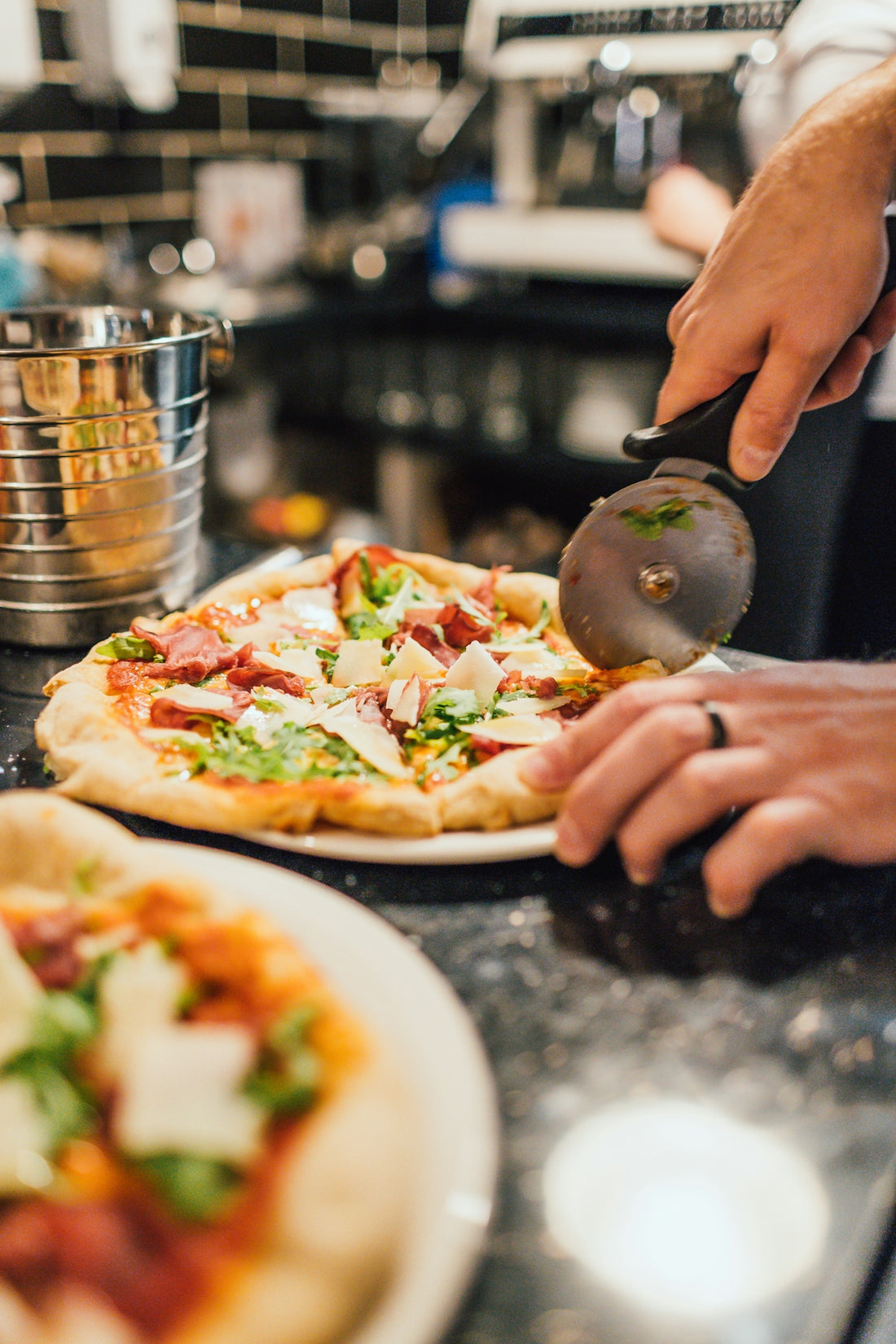
Crafting Crispy Crusts: How to Get the Perfect Sourdough Bread Crunch
There's nothing quite like the satisfying crackle of a perfectly crusted loaf of sourdough bread breaking beneath your fingertips. When baked to perfection, sourdough bread is a culinary delight that satisfies both the palate and the soul. But how exactly do you achieve that elusive, perfect crispy crust? In this comprehensive guide, we will explore everything from making a robust sourdough starter to the nuances of wild yeast fermentation and artisan baking.
Whether you're an experienced baker or new to the world of homemade sourdough, this post will equip you with essential tools, techniques, and sourdough baking tips to elevate your bread-making journey.
The Foundation: Sourdough Starter
To start your sourdough journey, the first step is creating a potent sourdough starter. A starter is essentially a cultivated culture of flour and water, inhabited by wild yeast and lactic acid bacteria, vital for sourdough fermentation. Here's how to feed your sourdough starter and maintain it for consistent baking success.
How to Feed Sourdough Starter and Its Feeding Schedule
- Equal Parts Feeding: Combine equal parts water and flour to your existing starter. Typically, a ratio of 1:1:1 (starter: flour: water) works well.
- Consistent Schedule: Feed your starter every 12 to 24 hours, depending on the ambient temperature and the activity of your starter.
- Storage: If you're not baking frequently, store the sourdough starter in the refrigerator and feed it weekly.
For detailed practices on how to store sourdough starter during extended breaks and tips for sourdough starter troubleshooting, explore these additional resources.
Is Sourdough Starter with a Long Legacy Better?
Starters with a long lineage often carry unique flavors due to the diversified wild yeast fermentation occurring over time. However, newer starters can be just as viable as long-standing ones if maintained conscientiously.
Baking Essentials: Tools You Need
Lame Bread Proofing Basket Kit: Every artisan bread baker needs a proofing basket, dough scraper, and thermometer. This kit comes with everything you need for precise dough shaping and fermentation control. Explore the kit here.
Bread Lame Dough Score Cutting Tools: Correct scoring can influence crust development by providing expansion points in your dough. Explore scoring tools here.
Reusable Silicone Bread Sling: Eliminate dough transfer disasters with this non-stick, heat-resistant tool ideal for Dutch oven baking. Get your bread sling here.
The Art of Wild Yeast Fermentation
Wild yeast fermentation is what sets sourdough apart from regular bread. The natural occurrence of yeast not only gives sourdough its distinctive flavor and texture but also provides potential health benefits, such as:
- Lower Glycemic Index: A boon for sourdough for diabetics.
- Enhanced Nutrient Availability: Improved digestion and increased nutrient absorption.
How to Shape, Score, and Bake the Perfect Loaf
Best Sourdough Scoring Techniques
Successful scoring requires both creativity and technique. A sharp, swift motion with a well-maintained blade ensures clean cuts that expand efficiently in the oven.
How to Bake Sourdough Bread
Beyond the technique of shaping sourdough bread, oven tactics play a crucial role in achieving the perfect crust. Utilize a Dutch oven to maximize steam retention during the first 20 minutes of baking, crucial for crust development.
How to Get a Crispy Sourdough Crust
- High Heat Bake: Bake your loaf at a high temperature (around 450°F or 230°C) to ensure rapid crust formation.
- Steam Infusion: Introduce steam in the initial baking phase either by a pre-heated Dutch oven or by placing a tray with water at the bottom of the oven.
- Use a Pizza Stone: Baking your bread on a pizza stone like the 12-Inch Ceramic Pizza Stone ensures an even heat distribution.
Sourdough Bread Troubleshooting for Beginners
- Dense Loaf Issue: Often caused by underproofing or weak sourdough starter activity. Ensure your starter is bubbly and active before baking.
- Flat Loaf Dilemma: Could result from over-proofing. Aim for the dough to double—no more—during the bulk fermentation stage.
Diversifying Your Sourdough Production
Sourdough isn't just limited to bread. There are various culinary avenues you can explore.
- Sourdough Pizza Dough: Artisanal sourdough ingredients deliver incredible texture and flavor to homemade pizza.
- Sourdough Bagels: Naturally leavened bagels offer chewy centers with crisp surfaces.
- Sourdough Discard Recipes: Utilize the surplus starter for pancakes, waffles, and more.
Sourdough vs. Regular Bread
While regular bread uses commercial yeast, sourdough thrives through natural fermentation processes, which often results in:
- Superior Flavor: Complex and tangy taste profile.
- Improved Digestibility: Pre-digestion of gluten and natural leavening by wild yeast benefits.
My Sourdough Life: Embracing the Benefits
Living the sourdough life means embracing a healthier, more flavorful form of bread. The benefits of sourdough fermentation extend beyond taste, promoting a lifestyle centered around patience, skill, and artisanal crafting.
For more sourdough insights and holistic recipes, visit our community at Italian Sourdough.
By following these comprehensive tips and techniques, you'll be on your way to mastering the perfect crispy sourdough crust, crafting artisan loaves that are as rewarding to make as they are to eat. Happy Baking!
